The obelisks have an enigmatic quality about them. One look at these mammoth structures leaves one wondering how these massive structures were engineered.
Unfortunately, no ancient document explains how these engineering marvels were erected. However, this has not deterred the persistent scientists, historians, engineers, and archaeologists from presenting various theories about the construction methods employed by the ancient Egyptians.
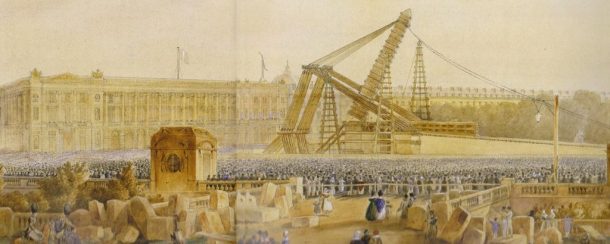
The researchers propose that the obelisks were most probably pulled up bottom first on the artificial ramps with ropes. The obelisks were then lowered onto their bases. Some theories suggest that to ensure accurate positioning, the base of the obelisk was placed in the middle of an artificial ditch. The ropes could have been pulled from several directions to guide the obelisk in the right position.
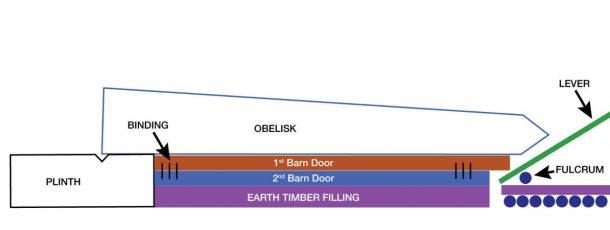
The obelisk transportation was yet another challenge. However, the ancient engineers came up with ingenious solutions in the absence of the huge cranes and modern machinery.

The obelisks were fashioned at quarries alongside the river Nile. The completed structures were then transported in the specially built vessels when the river was deep in the flooding days.
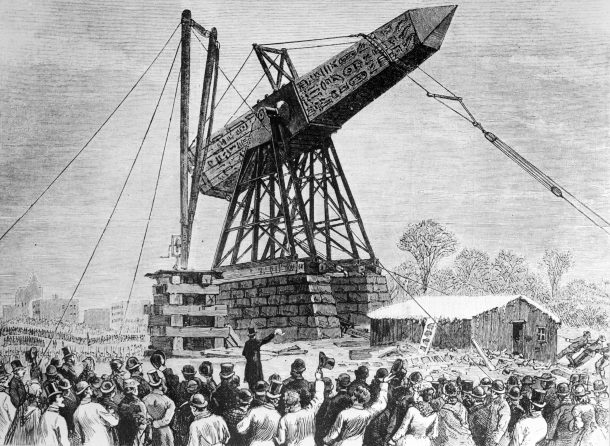
The circumference of the Earth was calculated for the first time by a Greek philosopher Eratosthenes in 250BC. Eratosthenes used an obelisk for his calculation. He observed that on Summer Solstice, no shadows were cast by the obelisks in the Swenet City (modern Aswan).
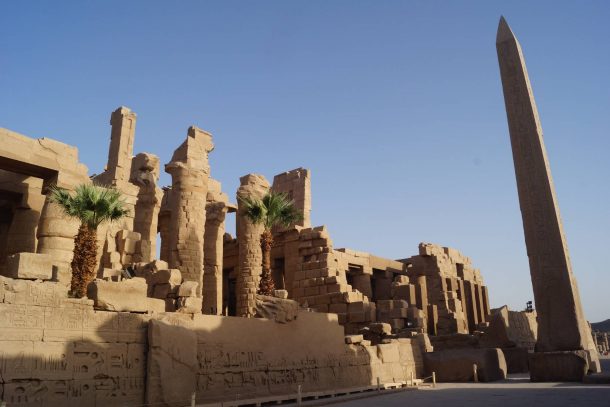
He knew that the shadows were cast by the obelisks in Alexandria at the same time. Eratosthenes measured the top of the structure against the shadow to calculate that Alexandria and Swenet were 7 degrees, 14 minutes apart from each other. This is one-fiftieth of the circumference of a circle. Based on his calculations, Eratosthenes estimated that the circumference of the Earth was 40,000 kilometres.
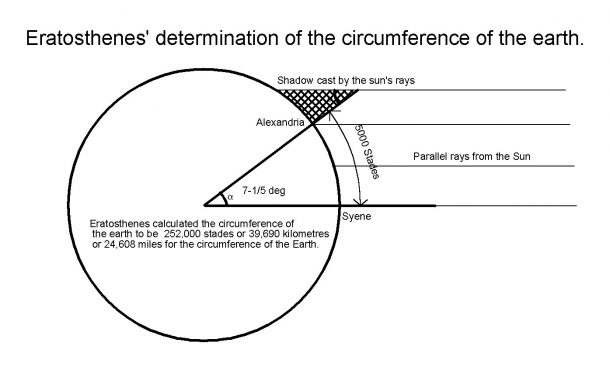
Although Eratosthenes adopted a perfect technique to determine the exact value of the circumference of the Earth, the precise distance between the two cities was impossible to calculate in that era. Thus, his calculation was incorrect.
Using Eratosthenes formula today, we get a result which is incredibly close to the actual measurement. In fact, Eratosthenes’ imperfect result was better than the one employed by Christopher Columbus. If he had used Eratosthenes value for the circumference of the Earth, he would have known that he had not disembarked upon the Indian shore.
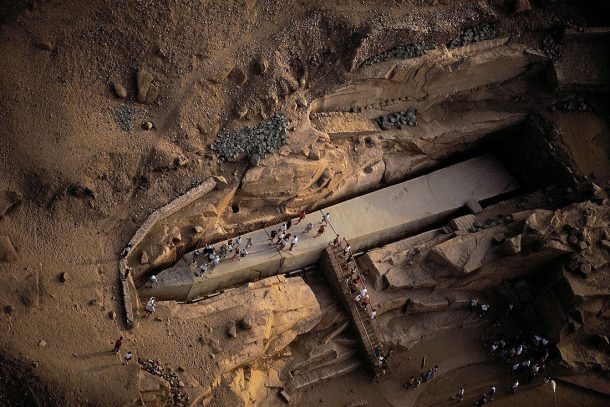
The actual making of an obelisk is yet another mystery! Granite is rated 6.5 on Mohs scale used to measure the hardness of the materials. Diamond is rated 10, which just shows how astonishingly hard granite is! The harder the material, more is the strength needed to shape it. Egyptians only had soft metals like copper, gold, and bronze available at that time as iron smelting was introduced in 600BC. None of these materials was hard enough to shape granite.
Most likely, the ancient Egyptians used the balls of dolerite to shape granite and form obelisks. It would have taken an infinite amount of human effort as each of the workers would have used dolerite balls, each weighing up to 12 pounds, to beat granite into shape.

There are a plethora of theories regarding how these massive obelisks were erected, yet no one knows for sure how it was done!



hey buddy what about the Ethiopian axum obelisk